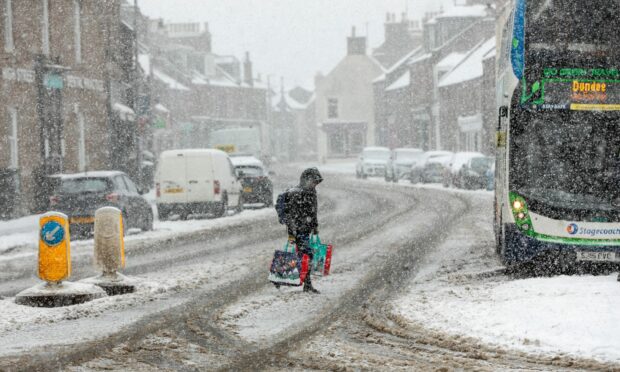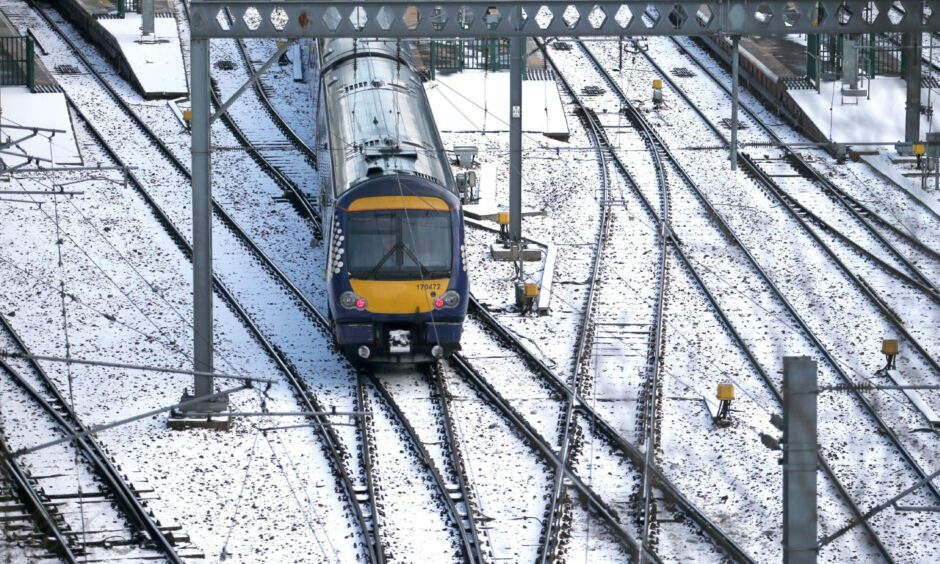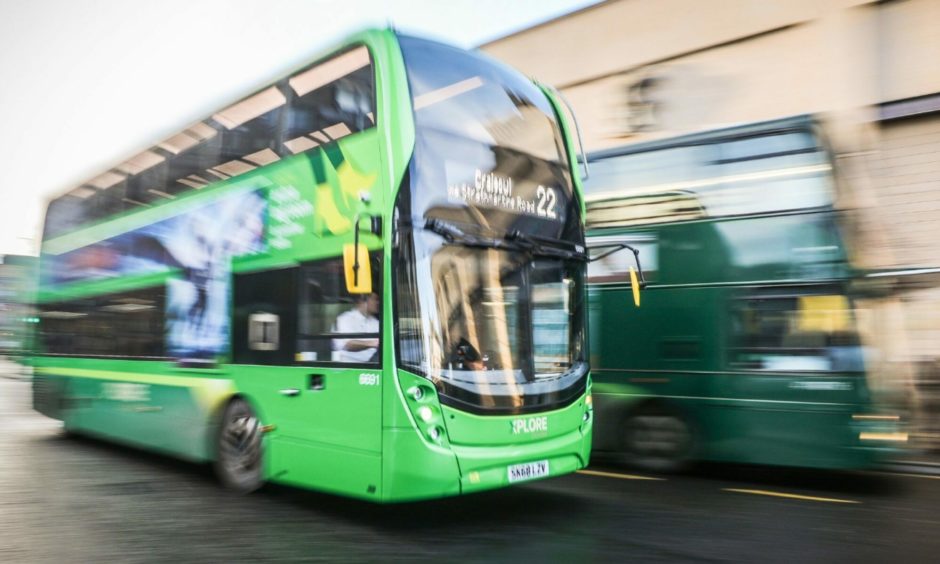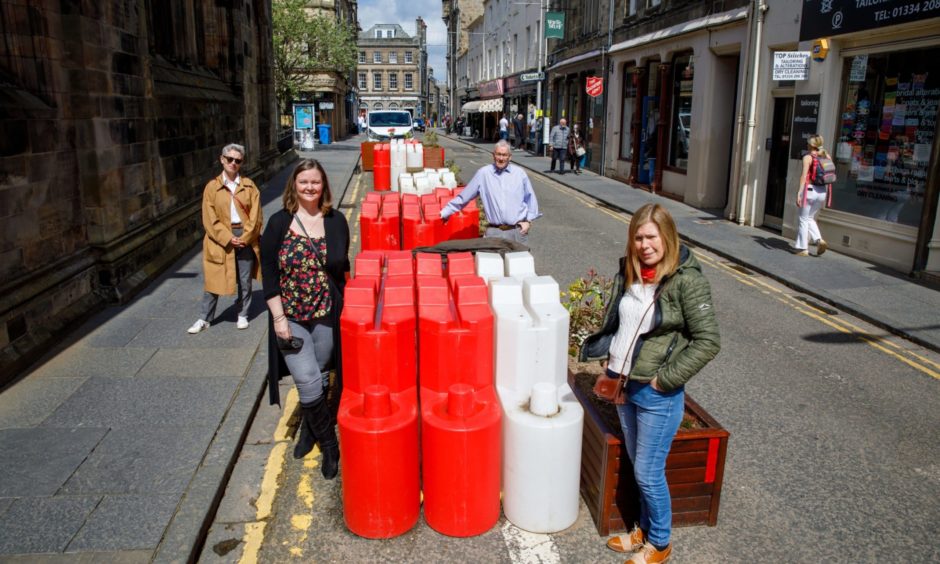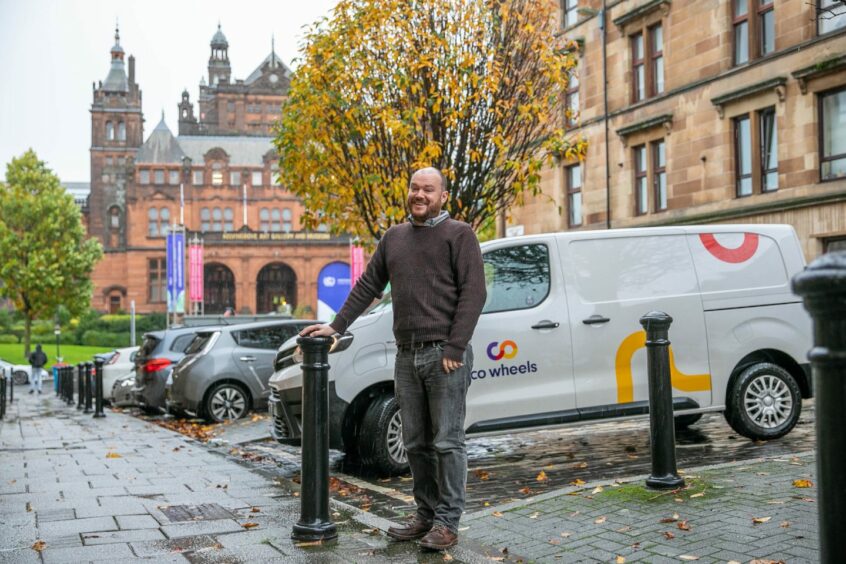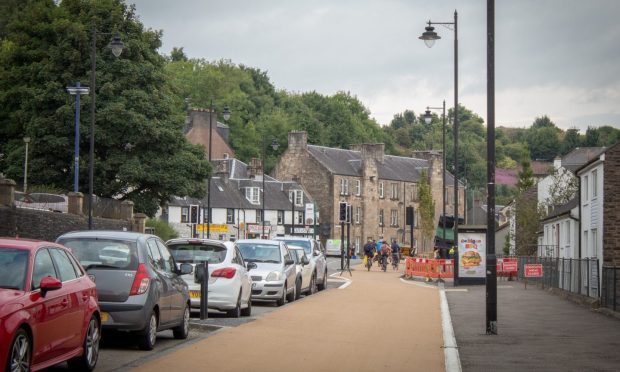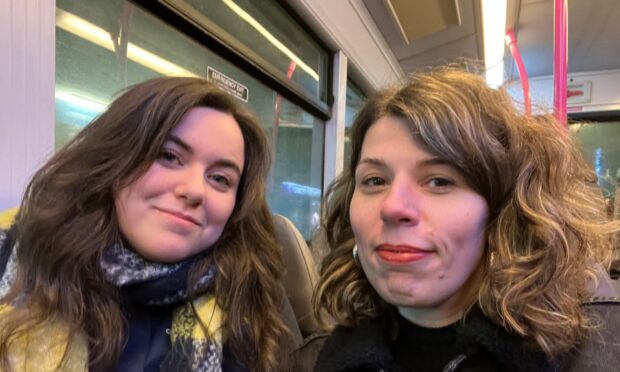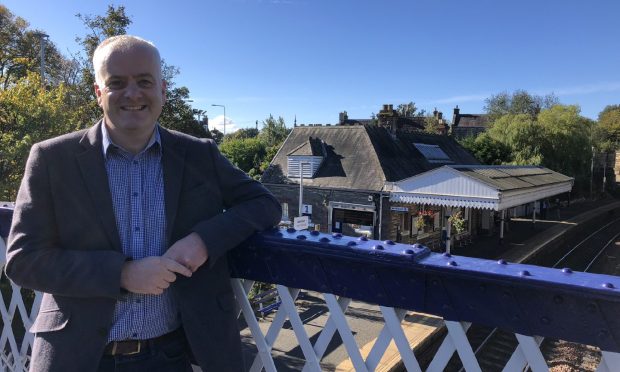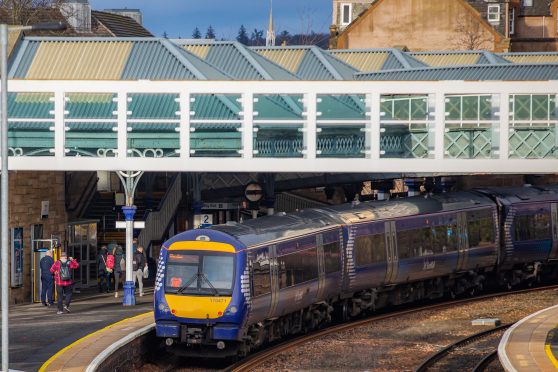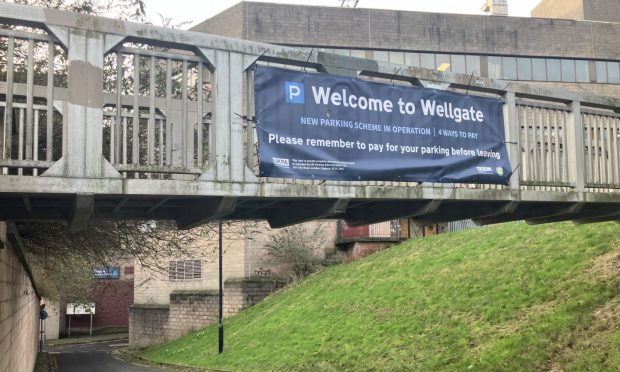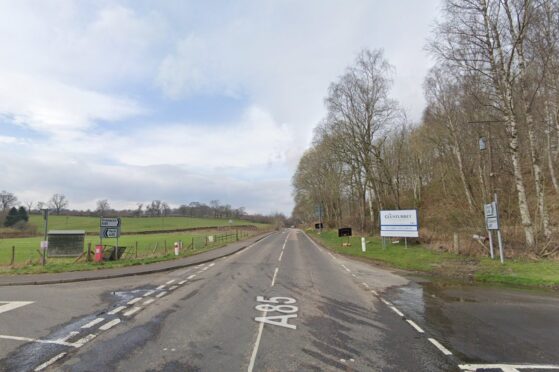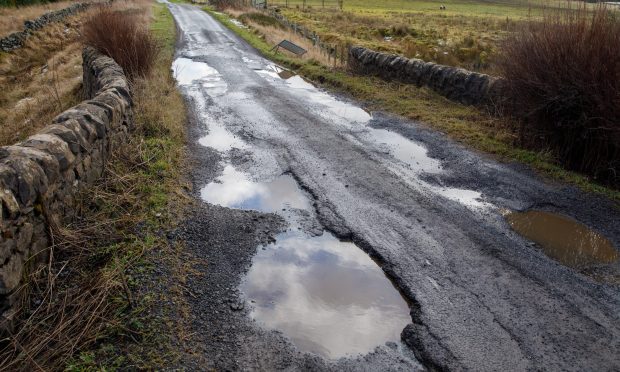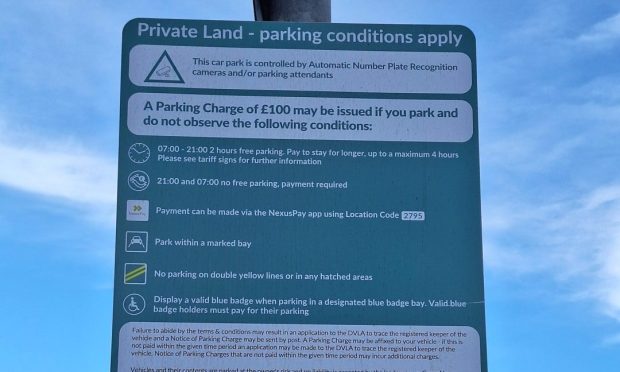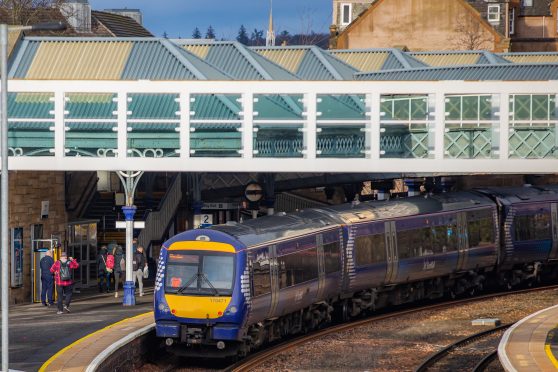National humiliation. That is how we reported the third closure of the Queensferry Crossing at the end of January 2021.
Commuters planning on tackling the £1.3 billion bridge were asked to think again as the threat of “ice bombs” tumbling from the cables forced the unwelcome closure.
It was a freezing beginning for all. Travellers in Perth, Fife, Dundee and Angus emerged from a bizarre, pandemic holiday period to some of the lowest temperatures since March 2013.
Freezing temperatures and Covid restrictions to welcome in 2021
In Dundee, fears persisted about the failure to grit key walking and cycling routes. The lack of treatment raised the real threat of serious accidents.
Although many still followed strict work-from-home coronavirus guidance, that wasn’t possible for all, and NHS workers, who were also active travellers, found themselves particularly vulnerable on the frozen routes.
The continuing cold was to be the dominant travel theme over the first part of the year as wintery weather and freezing temperatures persisted. Warmer weather was not to be seen until May.
Public transport passengers remained cautious
Between March and July this year, the Scottish Government cautiously reopened the economy and lifted various levels of coronavirus restrictions.
But it was clear to anyone regularly using public transport of any description – be it bus, train or plane – that journeys were far from back to normal.
It wasn’t just the face masks and eerily empty train carriages, on previously crowded commuter routes.
It was a plunge in passenger numbers across the board. That has created huge financial distress for operators, leading in many cases to service cuts later in the year.
Indeed, ScotRail bosses cited their huge financial deficit when announcing timetable changes in August that would slow down journey times between Perth and Edinburgh.
Many passengers still harbour doubts about the safety of public transport now, especially with the progress of Omicron.
Official government travel advice to use public transport as a measure of last resort has stayed with many.
World wakes up to active travel
But while that was bad news for buses and trains, the pandemic presented an opportunity for active travel.
The clumsy catch-all for walking, cycling and wheeling came of age during the first lockdown.
Officials transformed town and city centres in Scotland, often removing parking spaces to facilitate other ways of getting about.
People did not universally welcome the new Spaces for People schemes.
But these changes are here to stay, with Scottish and local government keen to invest more in such schemes in 2022.
Electric car charging limitations
The arrival of the COP26 climate summit brought thousands to Glasgow at the start of October.
The “phasing down” of coal hogged the headlines. But the summit brought a major transport story to light closer to home.
Our writers drove an electric van from John O Groats to Glasgow. Severe limitations to the charging network, including broken and faulty points, meant they only just made it.
Dundee-based ChargePlace Scotland took over running the network that summer.
The patchy provision detailed by our writers showed how much more work is required before EV drivers will have complete confidence in longer or more rural journeys.
The Omicron variant brought the year to a sombre conclusion. It left transport operators of all types counting the costs of a difficult 2021.
None more so than airline operators – already the subject of a Scottish Affairs Committee inquiry into their ability to function well.
Passengers, commuters, leisure travellers and the rest will be united in hoping for better days in 2021.
But with a third Covid-19 wave already under way, few will be confident enough to bet on it.
